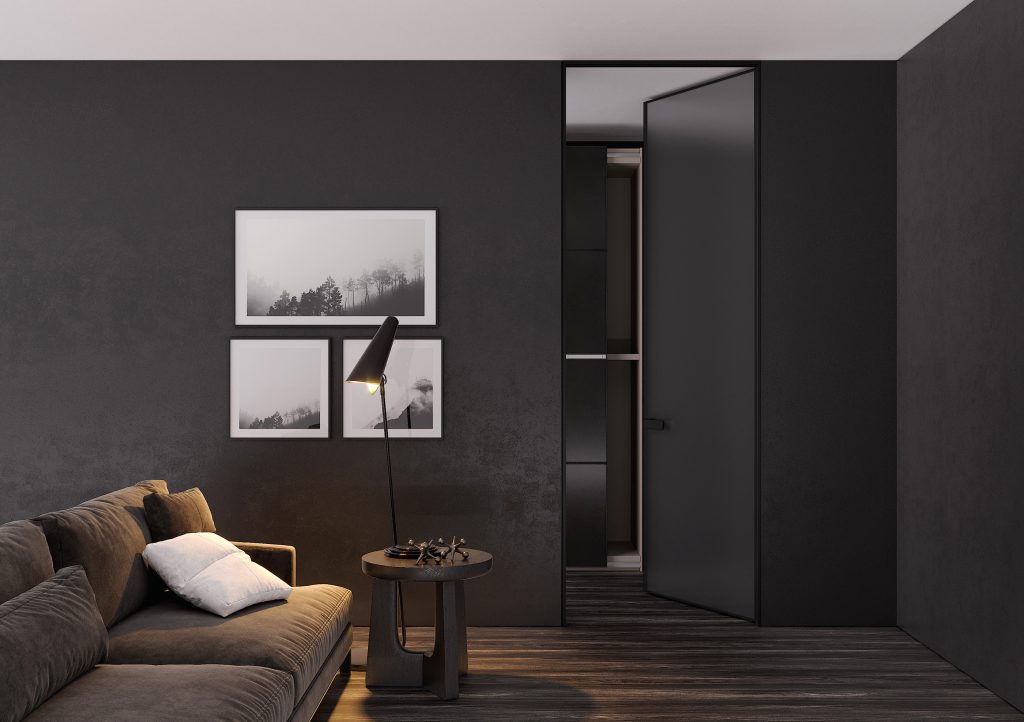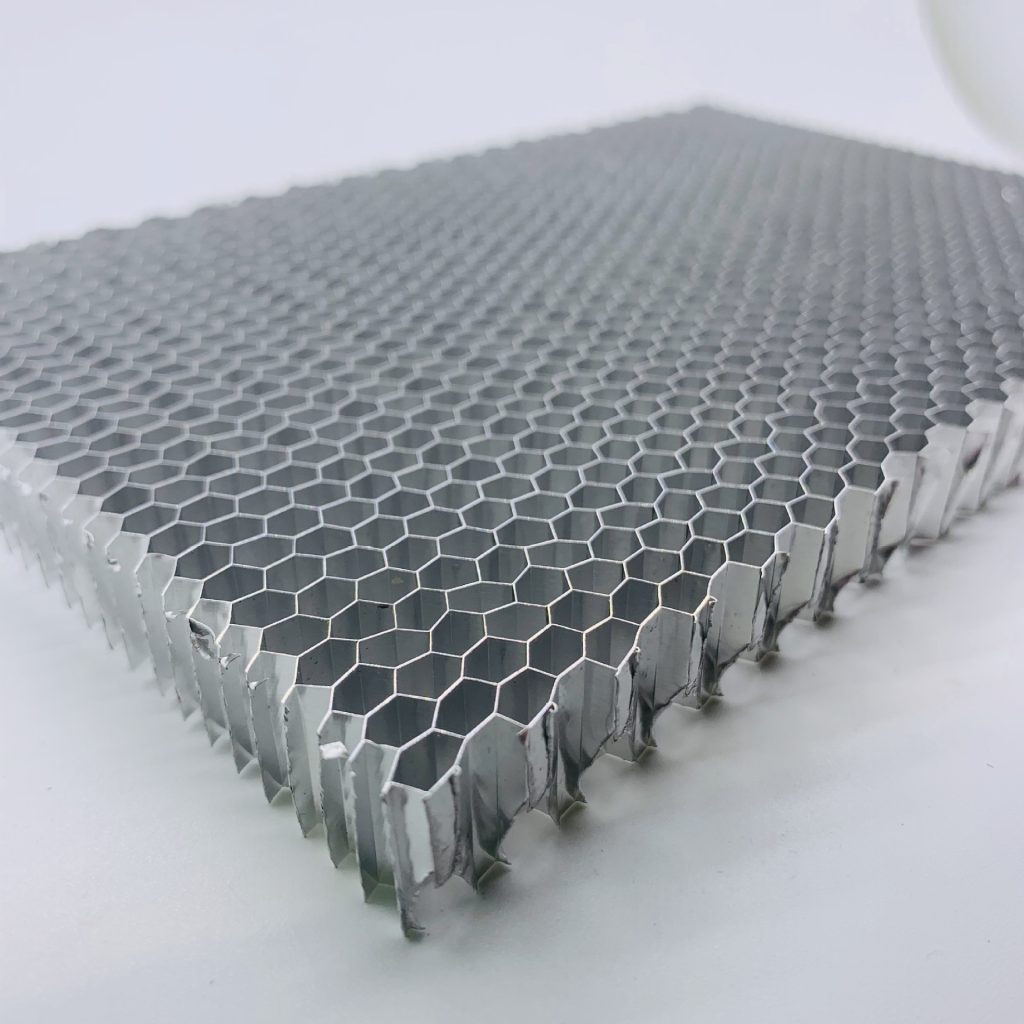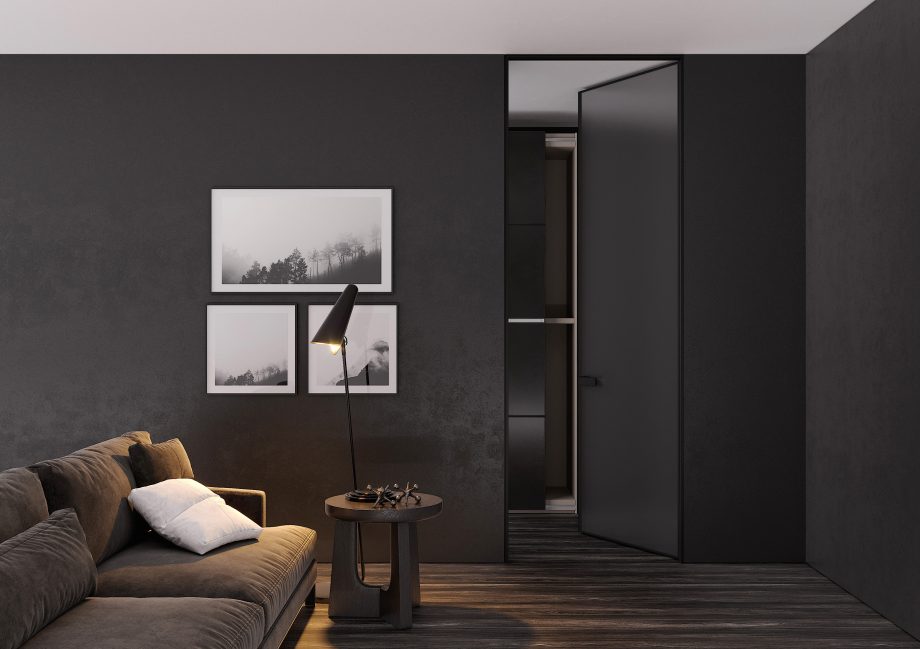1.First, the material of the bedroom door
First,the bedroom doors are classified by material into solid wood doors and solid wood composite doors. Solid wood doors are made from natural wood and require a large amount of raw materials, resulting in higher costs.

Therefore, the price will fluctuate along with the value of the raw materials. For solid wood composite doors, their surface layer is made of density board or other materials. The core material is solid wood, and compared with real wood doors, it offers better cost-effectiveness.
If your budget is sufficient, consider opting for solid wood doors. For example, walnut wood, rosewood, and so on. If you are looking for a balance between cost and quality, choose solid wood composite panels. There are certain methods to it. The first thing to consider is the filling material.

2.the bedroom of filling material
Whether the door is soundproof or not depends on the filling material. The common filling materials include solid wood, bridge dynamics board and honeycomb.
In terms of solid wood, there are also solid wood boards and LVL core materials. For these two materials, the higher the filling rate, the better the sound insulation effect.
The bridge arch panel is made of solid wood chips. The insulation and soundproofing properties are decent, but the quality varies greatly and the prices are inflated.
Lost but not least,The aluminum honeycomb door are more stable. Their wind resistance performance far exceeds that of aluminum sheets and aluminum veneers, and they are less prone to deformation. They also have good flatness and excellent sound insulation properties.And the price is no higher than that of solid wood doors.

SUMMARY:
Overall, among the three options, I recommend the aluminum honeycomb door.Moreover, the bedroom door filled with aluminum honeycomb has good stability. It is resistant to wind, soundproof, heat-insulating, and also has the functions of heat preservation and fire prevention. In response to international calls, it achieves environmental protection and energy conservation.

